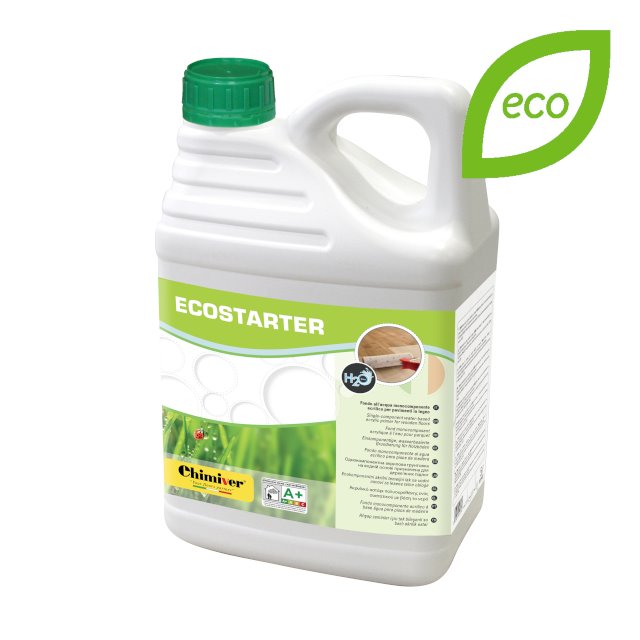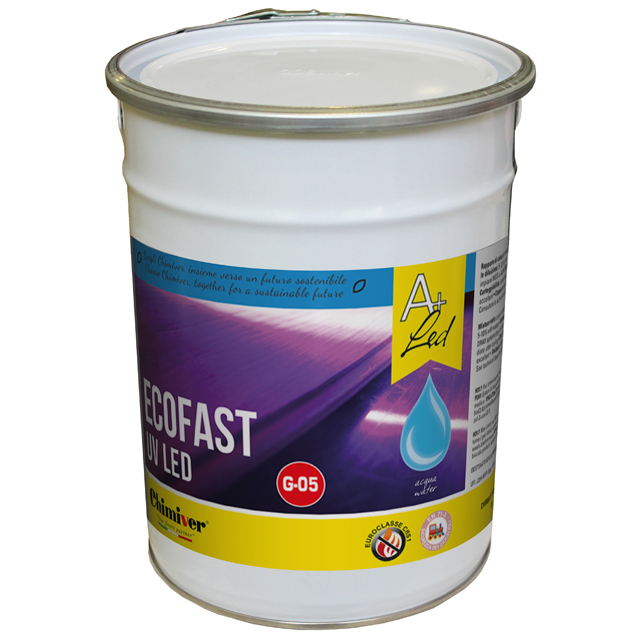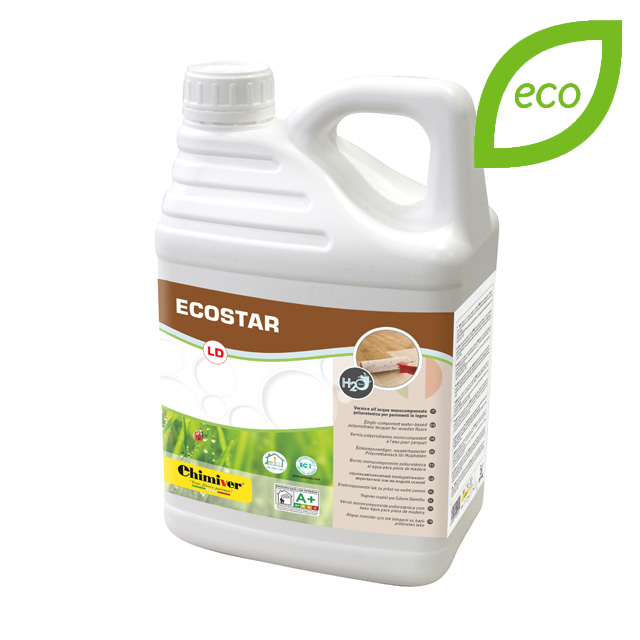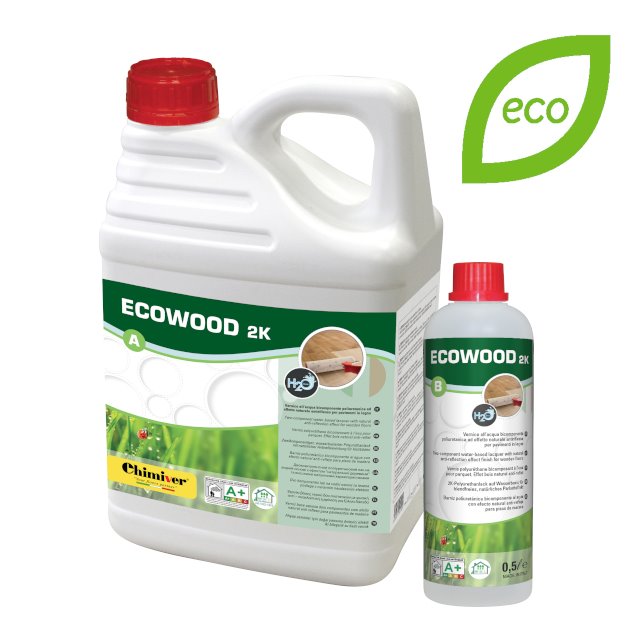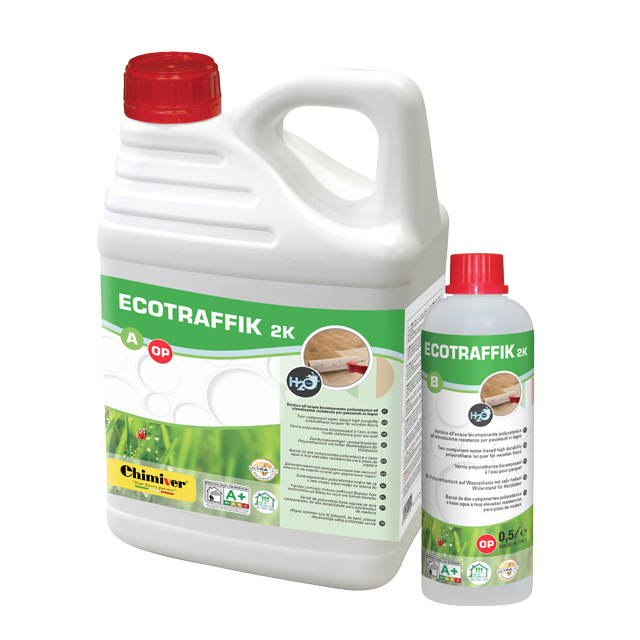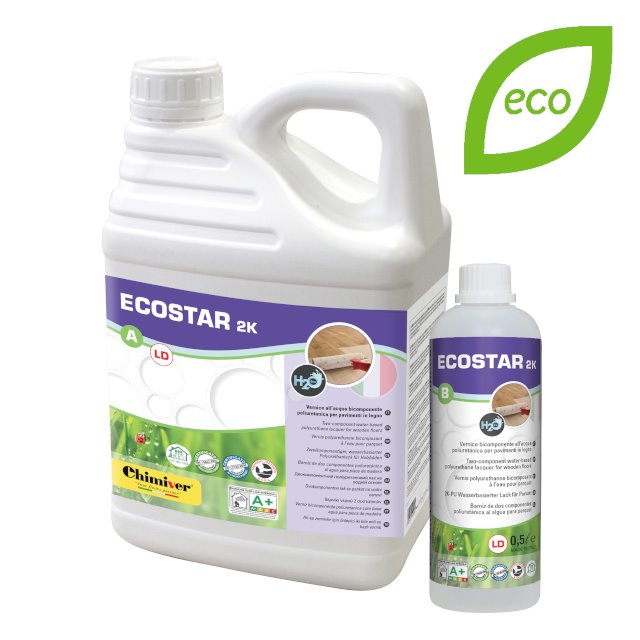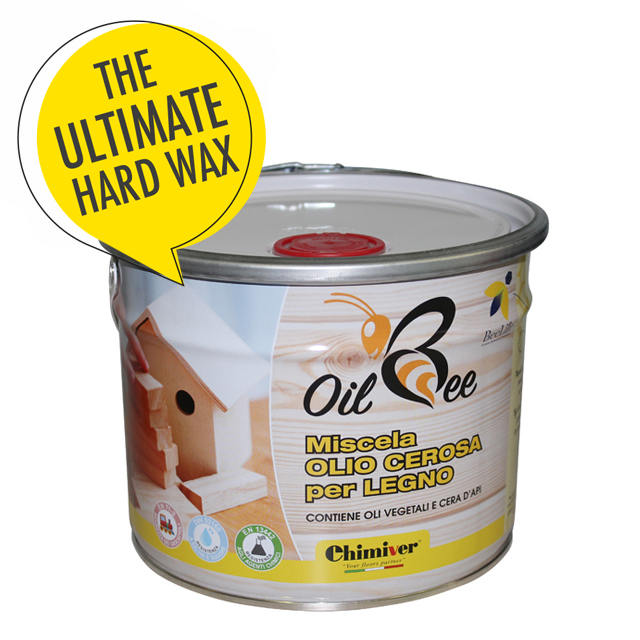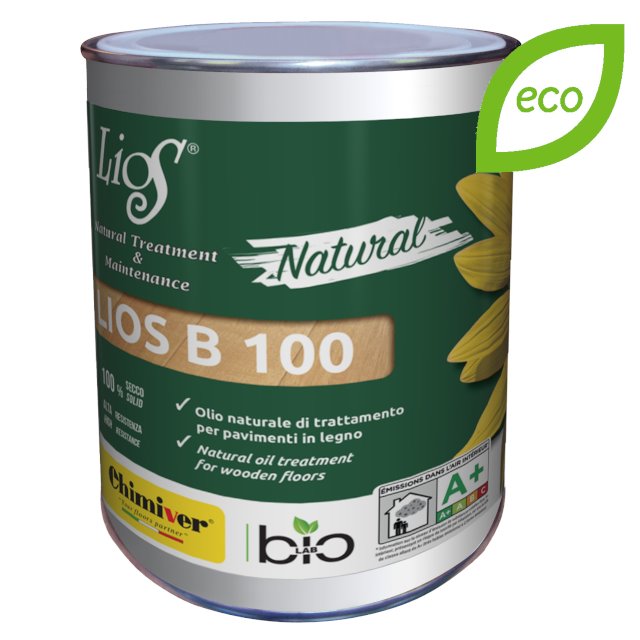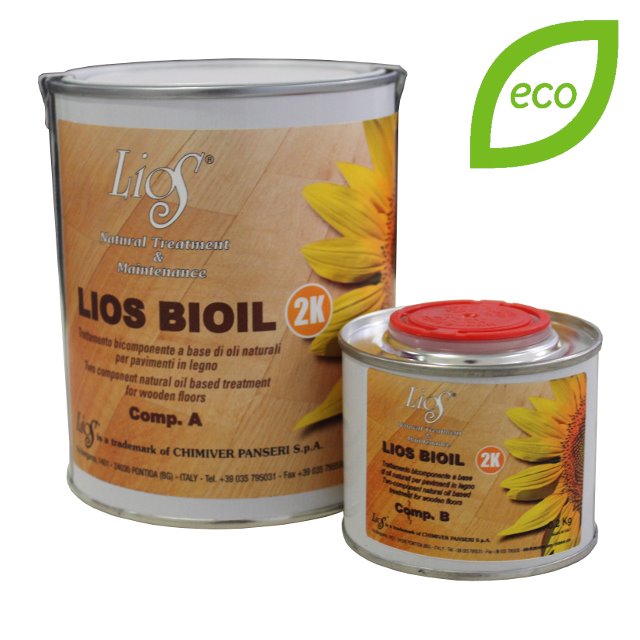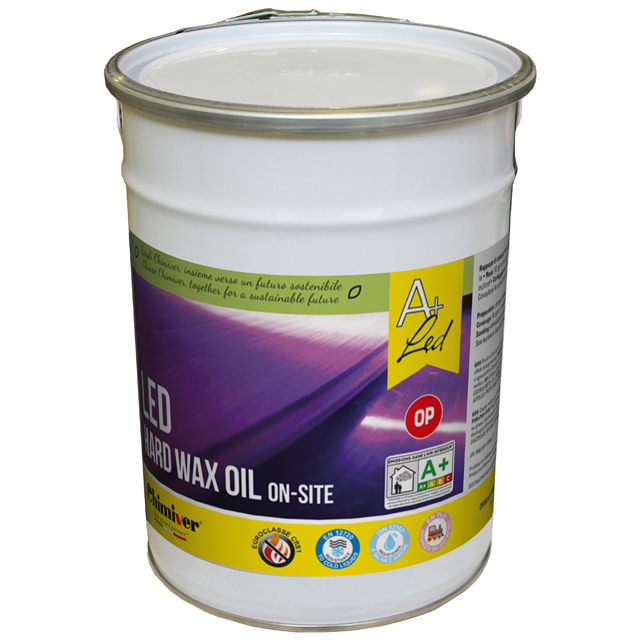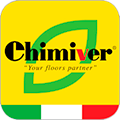Chimiver Lacquer line
Chimiver Oil Line
Do you know the most suitable finish for your parquet?
Varnishing the parquet
Varnishing a wooden floor is a process in which the laid parquet is covered with a layer of lacquer, which creates a coating that protects it from:
- accidental damages,
- staines,
- seepage of water or other liquids.
The parquet lacquers are identified depending on the chemical nature into solvent-based lacquer or water-based lacquer.
The main differences between the two types concern resistance to chemical agents and foot traffic:
-
solvent-based parquet lacquers:
very resistant finishes but more subject to exposure to light and ageing, they also generally has higher emissions of Volatile Organic Compounds (the so-called VOCs);
-
water-based parquet lacquers:
generally more delicate finishes (compared to solvent) but with higher environmental compatibility, very resistant to ageing and have no problem with light exposure.
Pigments can be added to the various finishes to add color to the wooden floor allowing wider customization of the surface, thus colored varnish for parquet are developed.
Finally, a further distinction is made based on the reagents that trigger the hardening of the varnish, i.e. the necessary time that must pass before the treated surfaces are usable or walkable on: thus we have single-component lacquers, two-component lacquers, lacquers that harden using lamps UV, and among Chimiver’s innovations in recent years, those hardened using LED lamps.
So, which is the best lacquer for parquet?
There is no the best solution for each situation, each formulation is characterized by specific peculiarities and you need to understand which one fully meets your needs.
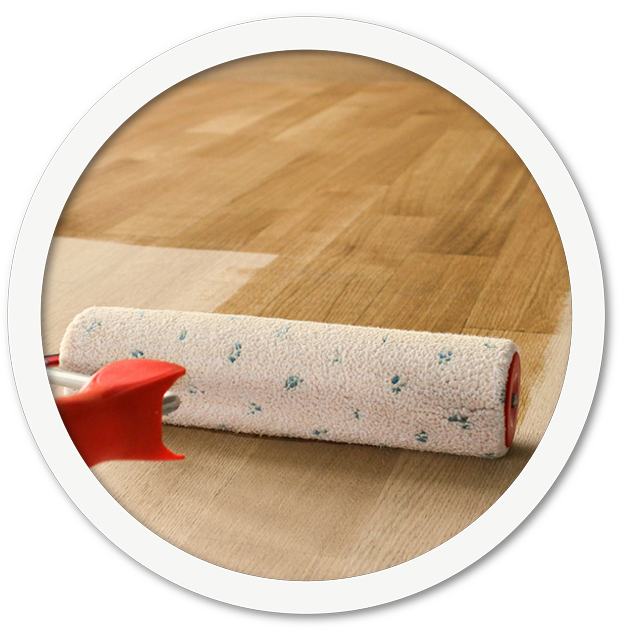
Oiling the parquet
Parquet oil, unlike lacquer, does not create a protective film but is based on the absorption of the wood to impregnate it and make it resistant to foot traffic and chemical agents.
There are different kinds of oils as finishes for wooden floors:
-
traditional parquet oil:
natural oil based on vegetable oils that penetrates the wood, highlighting the natural grain and giving the floor a warm and natural look. It is relatively easy to apply and maintain, but may require more maintenance than other finishes;
-
oil-based wax:
finish that combines vegetable oils with natural waxes, such as beeswax or carnauba wax. The wax gives a glossy or satin finish and higher water resistance. However, a more frequent maintenance may be required;
- colored oils:
oils that contain pigments that give color to the wooden floor allowing for wider customization of the surface.
So, which is the best oil for parquet?
There is no the best solution for each situation, each formulation is characterized by specific peculiarities and you need to understand which one fully meets your needs.
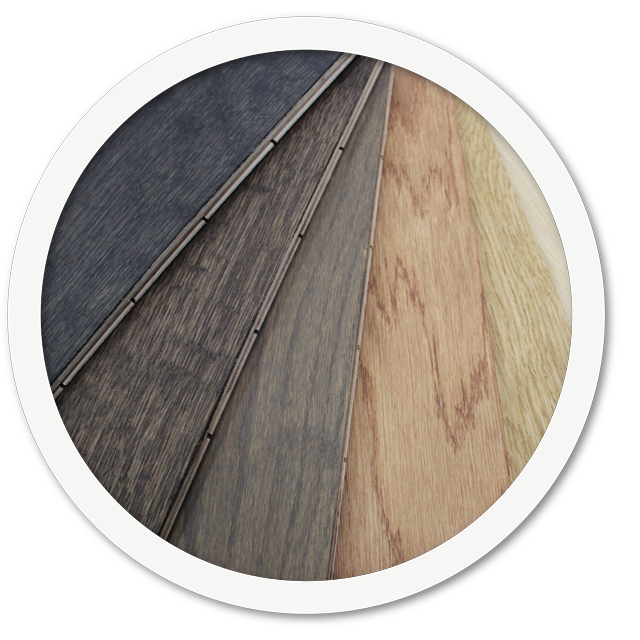
| Lacquer | Oil | |
| Natural look of the wood | ||
| Protection of the wood | ||
| Easy maintenance | ||
| Easy restoration | ||
| Scratch resistance | ||
| Soft touch perception | ||
| Ordinary maintenance | ||
| Extraordinary maintenance |
Error: Contact form not found.
